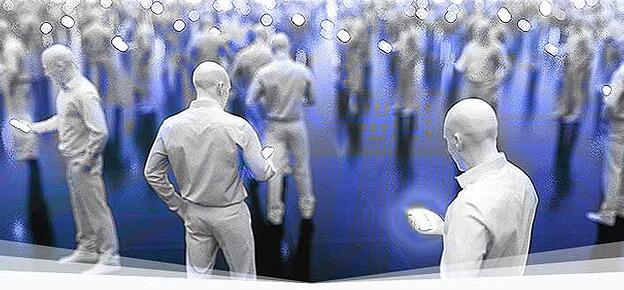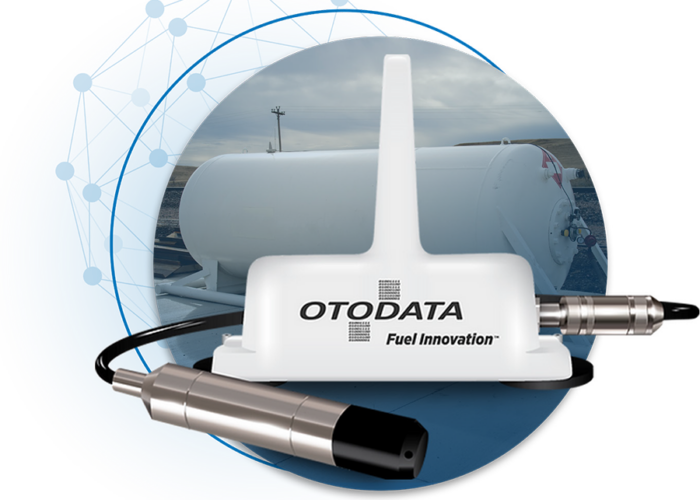Artificial Intelligence (AI) is learning, processing, and making decisions at the forefront of todays technology. Since 2010, the use of AI has become widespread, as devices and apps like Alexa, Siri, Maps, and online search and entertainment tools, such as Google, Netflix, Spotify, and Amazon.com, have incrementally employed AI technology to simplify the task of searching for and finding results to questions or queries. When Spotify offers listeners a daily mix, when Google highlights an article based on a users interests, or when Netflix recommends a video based on watch history, these applications are operating with AI to point users in the right direction based on what they have previously searched for.
Considering these examples, there are millions of devices that generate thousands of terabytes of data each day for Google Search, or even smaller-scale applications of IoT, like thermostats measuring temperature inside industrial vehicle production machines. As a counterpart to IoT that enhances connected machines ability to process large amounts of data and automate commands, AI is what makes IoT actionable.
Because AI and IoT have such high potential to improve functionality and reduce internal costs for businesses and enterprises, government agencies and nonprofits, startups and developers, these tools have become two of the most popular technologies currently in use. According to research from SADA Systems that surveyed 500 IT professionals, 67% of respondents stated that they are using IoT, with 60% using AI, as well. Knowing more about how AI works with IoT will help any enterprise leader or organizational decision maker better understand the opportunities for extensive growth that come with implementing IoT and AI.
How Does AI Work with IoT?
Pairing IoT and AI is the combination that fosters smart, deep-learning machines. Where IoT devices generate massive amounts of data, AI processes and takes action based on that collected data, creating an opportunity for devices to immediately respond with an action, when necessary. AI thus simulates the expert by quickly identifying patterns in the reams and reams of informationboth decades of historical data and IoT data collected in real timeto make informed and accurate decisions, execute commands, communicate with humans, and alleviate manual tasks in real time. Because AI uses machine learning to interpret data into actionable commands and optimize their execution with immediacy and automation, it brings higher productivity to IoT.
The combination of IoT and AI allows for connected machines to become highly sophisticated, capable of simulating responsive intelligence, and executing decisions based on complex data, with little to no human intervention. The effort and time costs required to process these massive amounts of IoT data manually are reduced, and sometimes completely eliminated with AI, which allow a machine to interpret and act upon collected data immediately.
What Are the Benefits of IoT and AI Working Together?
Although IoT and AI are each an immensely valuable technology on their own, they can work together to become a powerhouse of opportunity for business growth through real time data collection, processing, machine learning, and task automation. Because IoT has evolved to produce colossal amounts of data on a daily basis, it has become difficult for manual analysis and traditional methods of computing to keep pace while interpreting enormous amounts of data generated from complex IoT applications. Massive databases of information are commonly left in data storage without ever being processed into meaningful interpretation. This is where AIs computing capacities become essential to optimizing the value of IoT-collected data.
According to research from Accentuate, AI is projected to double annual economic growth by 2035 by changing organizational workflow within businesses. In this same research study, AI is also projected to increase employee productivity by 40%, allowing employees to make better decisions backed by complex research analysis done with AI. These improvements become possible by employing IoT devices that collect data on business workflow and productivity, while implementing AI technology to quickly process that data, provide actionable insights, and potentially automate menial tasks. With IoT and AI working together in this way, employees will have more time to use their high-level, problem solving and creative capabilities for strategy and planning.
Aeris: Authentic Intelligence About Technologys Future
Because there is a great potential for the combination of IoT and AI to automate many tasksincluding the highly specific, technical decision-making tasks required by specialists like machine operators and surgeonsenterprise directors and organizational leaders committed to growth through technology will receive a better ROI when investing in systems that utilizes both IoT and AI.
Technology and data scientists, hardware manufacturers, IoT platform servers, and cloud providers need to work together to build the technology architecture that will realize this potential for AI to create greater functionality within modern enterprises.
At Aeris, we consider the importance of AI and the progressive impact it will soon have on our technology and enterprises. To learn more about Aeris commitment to the future that AI promises, Contact Us today.



